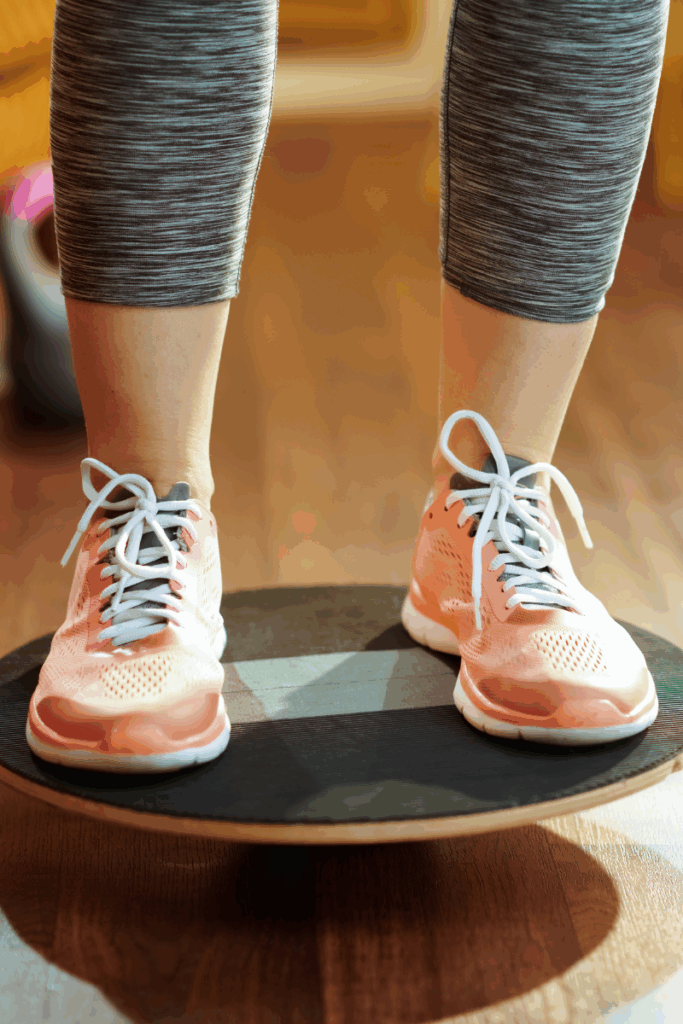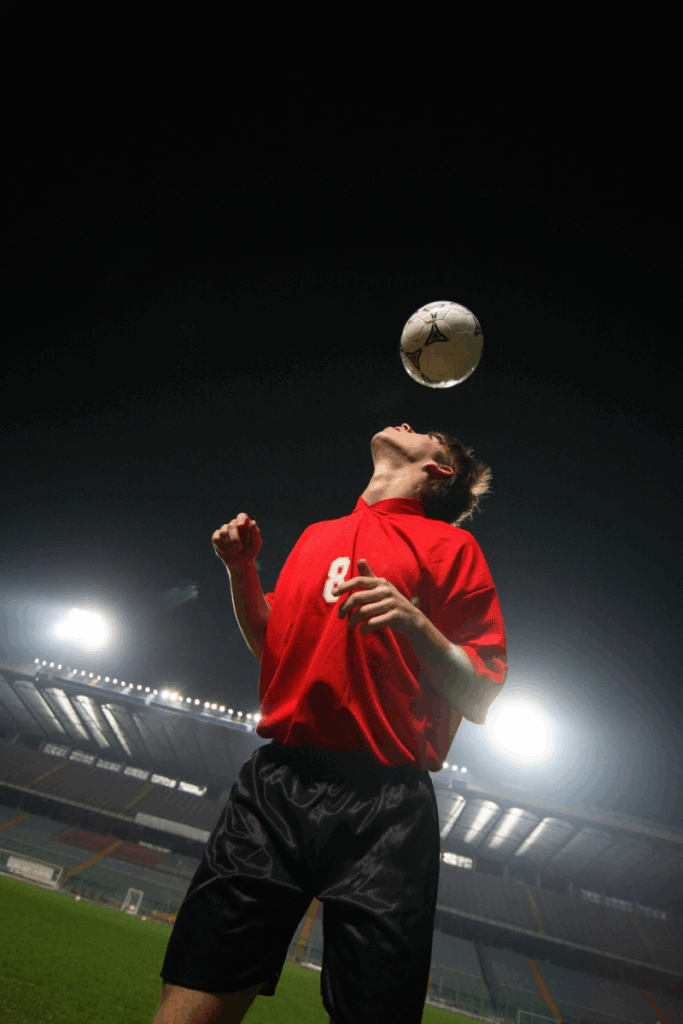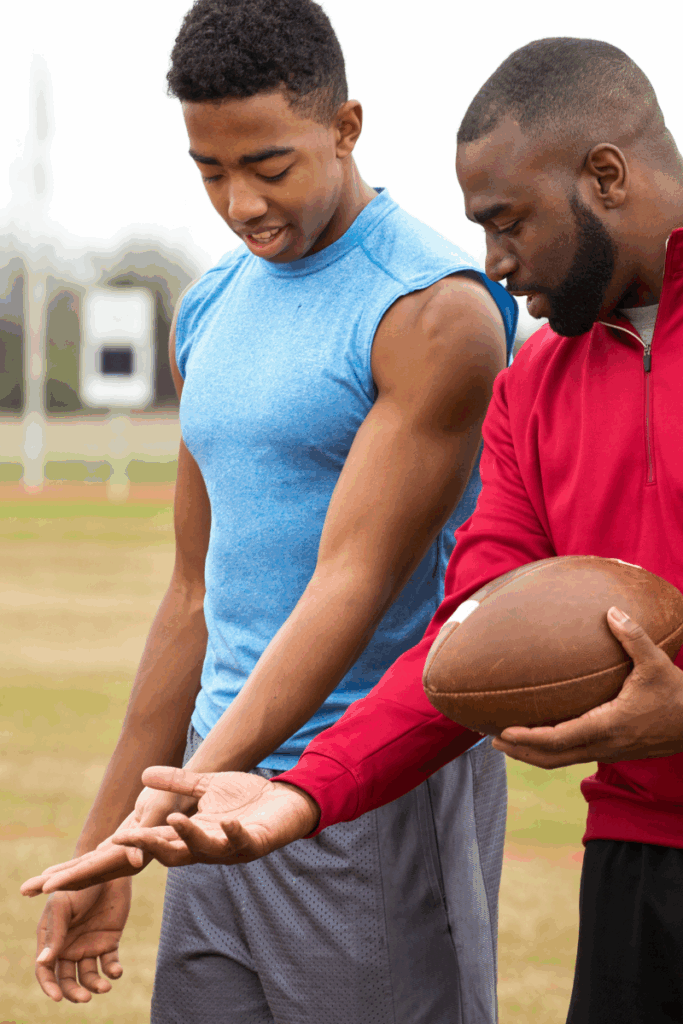Why Every Athlete Should Include Balance Training
Posted by: Reform Physical Therapy in Healthy Living, Injury Prevention, Physical Therapy Tips, Sports & Athletics on September 17, 2025


When most athletes think about training, they picture lifting weights, running drills, or practicing their sport-specific skills. Balance training doesn’t always make the list, yet it plays a critical role in performance and injury prevention. Whether you’re a soccer player cutting across the field, a runner on uneven trails, or a weekend athlete at the gym, balance is at the core of every movement. Without it, strength and speed don’t matter nearly as much.
What Balance Training Really Means
Balance is more than just standing on one foot. It’s the body’s ability to stay steady and controlled during movement. Balance training challenges your muscles, joints, and nervous system to work together so you can stay upright and adjust quickly when the environment changes. For athletes, that means being able to move efficiently and safely in unpredictable situations.


Why Balance Matters for Athletes
Good balance improves performance because it allows athletes to transfer power effectively. A basketball player shooting a jump shot, a soccer player pivoting to change direction, or a tennis player lunging for the ball all rely on stability. Poor balance wastes energy and slows reaction time, while strong balance helps movements feel smooth and controlled.
Balance also plays a major role in injury prevention. Many ankle sprains, ACL injuries, and falls happen when the body can’t react quickly enough to a sudden shift. Athletes who train balance build stronger stabilizing muscles and sharper reflexes, which protect joints under stress. This is especially important for young athletes still developing coordination and for adults returning to sports after injury.
How to Train Balance Effectively
Balance training doesn’t have to be complicated. Standing on one foot, practicing single-leg squats, or using unstable surfaces like a balance pad can all improve stability. The key is consistency and progression. Starting with simple drills builds a foundation, and then more dynamic exercises, like single-leg hops or agility ladder work, can be added. Athletes can also combine balance with sport-specific movements. For example, a soccer player might practice kicking while balancing on one leg, or a runner might train on uneven surfaces to simulate real-world conditions.
Balance should also be paired with strength and mobility training. Strong hips, core muscles, and legs provide the foundation that balance depends on. Flexible ankles and hips make it easier to adjust quickly. Together, these elements create a body that can respond to challenges without breaking down.
The Role of Physical Therapy in Balance Training
Physical therapists are experts in assessing balance and designing programs to improve it. At Reform PT, we evaluate how an athlete moves, identify weak areas, and create tailored exercises that support both performance and safety. For athletes recovering from injury, balance training is especially important because it restores stability and reduces the risk of re-injury. Our therapists guide patients through progressions that match their sport and skill level, ensuring they can return to play with confidence.


Balance training is one of the most overlooked yet most important parts of athletic development. It boosts performance, prevents injuries, and helps athletes move with confidence. Adding balance exercises to a training routine doesn’t take much time but makes a big impact.
If you’re an athlete looking to improve performance or prevent injuries, Reform PT can help. Schedule a consultation today and let us design a balance training program that fits your goals and keeps you strong on and off the field.
